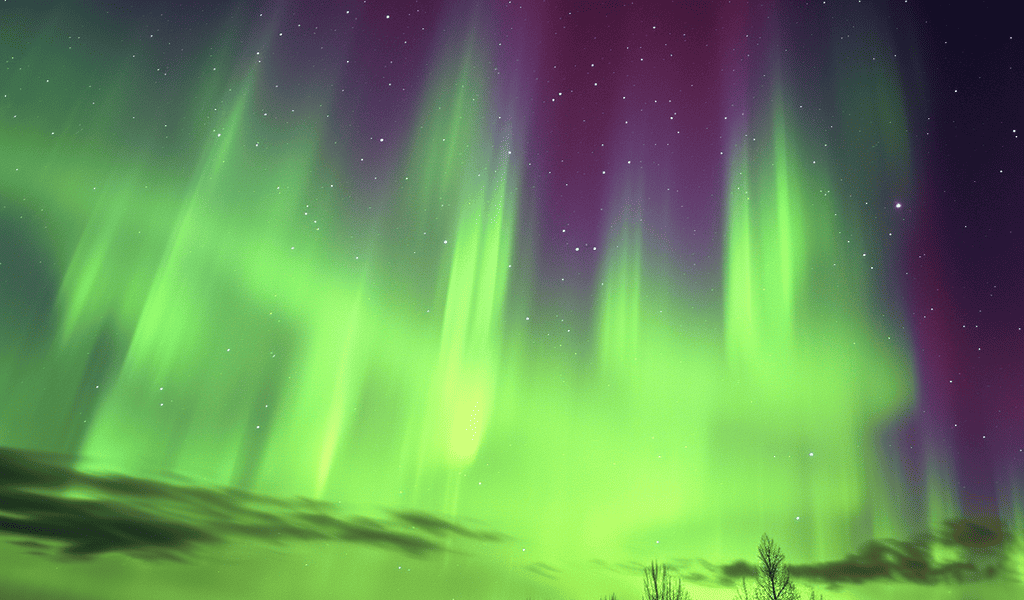Geomagnetic Storm Watch in effect as vivid auroras could be on display this week
NOAA detected a solar flare on Jan. 20 that will send charged particles towards the earth, interfering with Earth’s magnetic field, resulting in auroras.
FOX Weather meteorologist Stephen Morgan breaks down the Northern Lights and how you can see them.
NOAA issued a Geomagnetic Storm Watch for Monday and Tuesday, indicating the possibility of Northern Lights for parts of the U.S.
“A CME was observed lifting off the Sun on 20 Jan and is expected to cause up to G2 (Moderate) geomagnetic storming on 22-23 Jan,” posted NOAA Space Weather. “A watch has been issued.”
The Space Weather Prediction Center forecasts moderate auroras from 4 p.m. on Monday to 1 p.m. on Tuesday Eastern, with the greatest energy hitting our atmosphere and producing a moderate to active aurora on Tuesday morning from 1 to 4 a.m. Eastern.
The view line, those cities that should be able to see the Northern Lights, stretches from Seattle to southern Iowa and the northern half of New York to northern New England. Unfortunately, a new storm pushing in from the West Coast and another storm making its way through the center of the country will create widespread clouds.
Aberdeen, South Dakota; Sioux City, Iowa; Dickinson, North Dakota; Glasgow, Montana; Marquette, Michigan; Watertown, New York; Burlington, Vermont; Conway, New Hampshire; and Augusta, Maine, could possibly see the aurora if the clouds cooperate. Click on each city to see the forecast.
Solar flares can trigger CMEs or Coronal Mass Ejections, which launch a stream of charged particles into space. Those particles interact with Earth’s magnetic field and transfer energy into the upper atmosphere.





